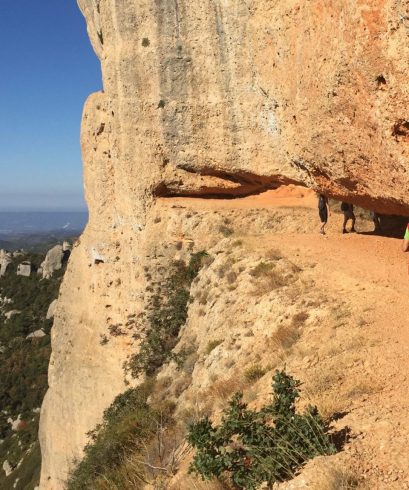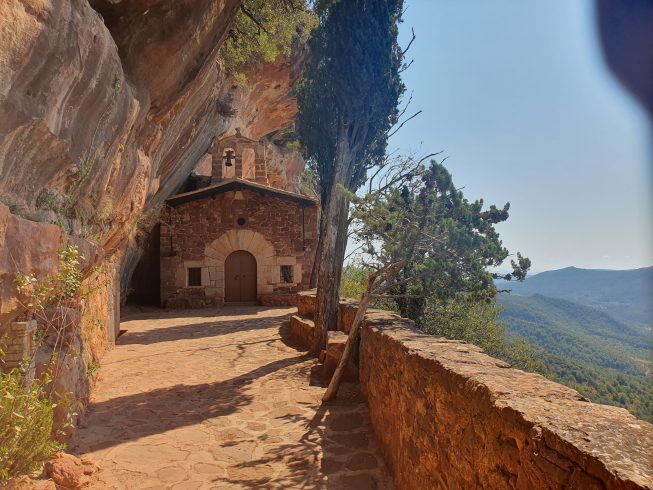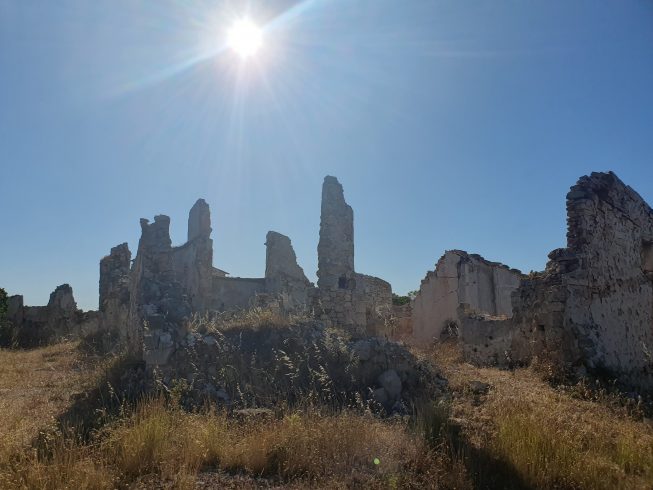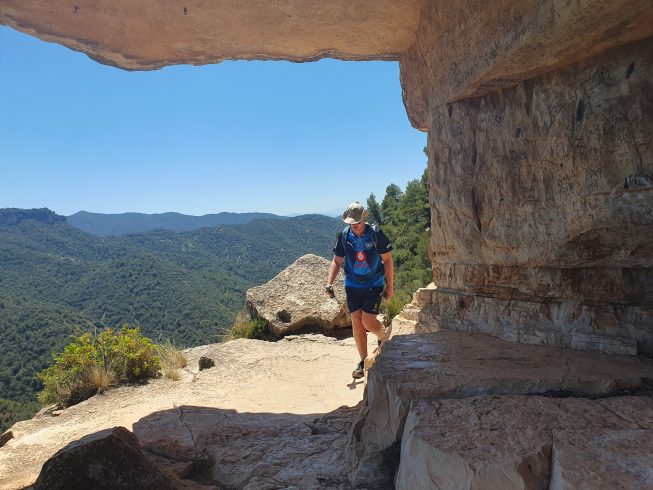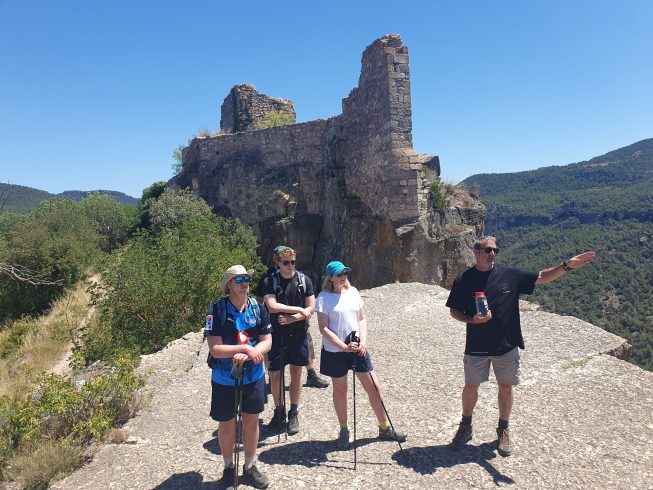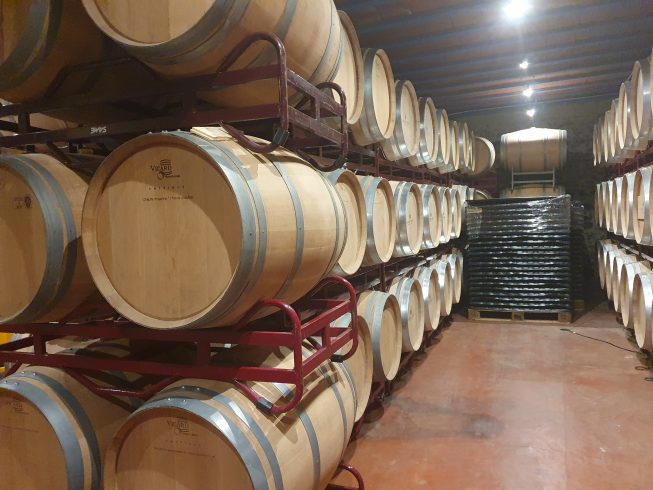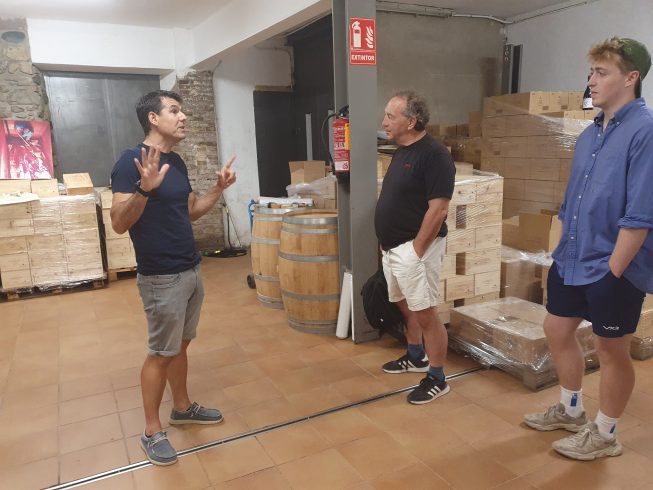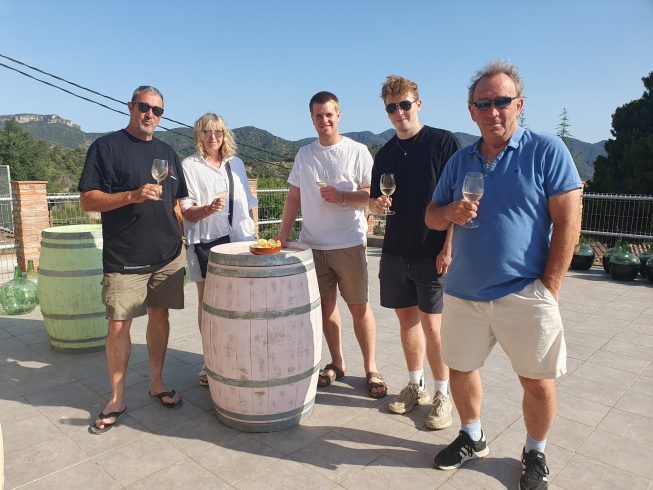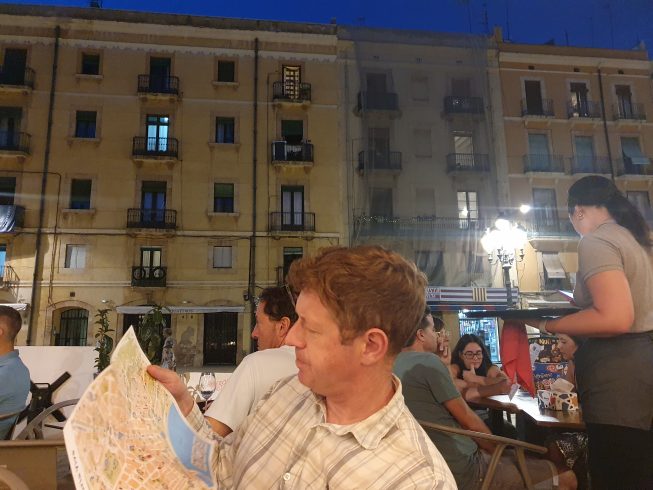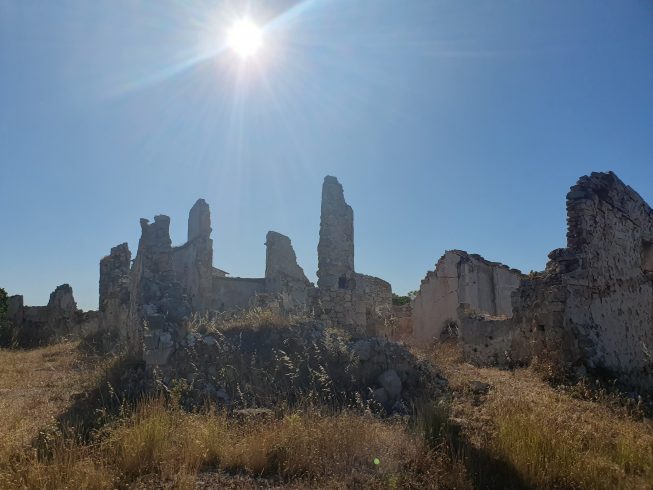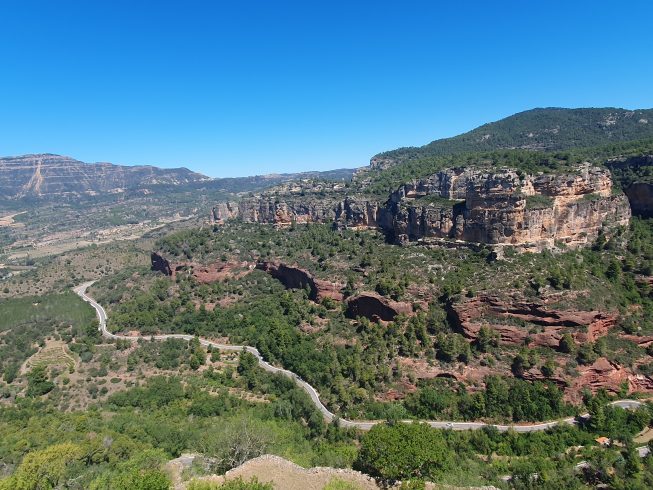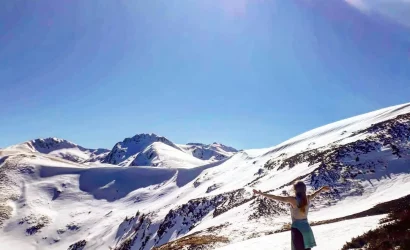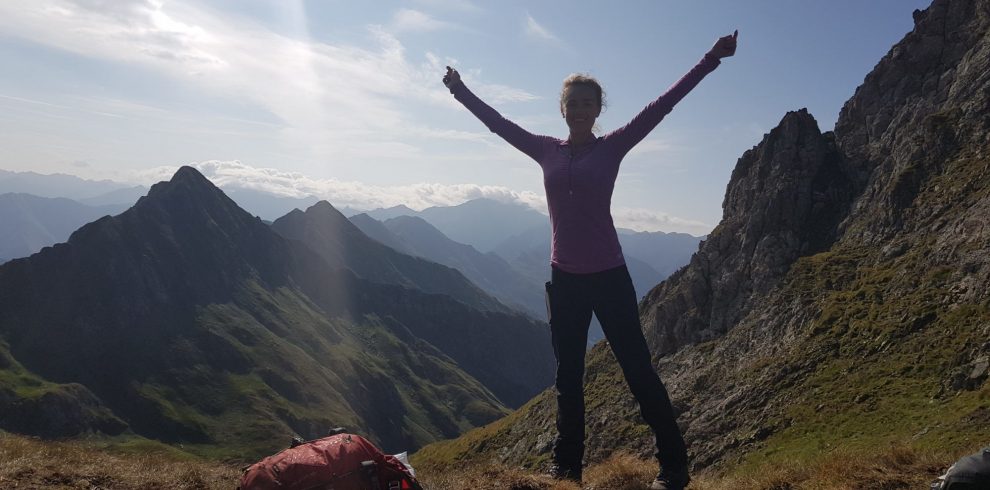Overview
Siurana was the last Moorish stronghold in Catalonia and fell in 1153 Between Camp de Tarragona and was the last Muslim enclave to fall to the Christians in Catalonia. Today a Natural Park, we find areas of great beauty and natural interest: the area of Siurana +700m, and the Sierra of Llaberia. It is a route that crosses the most emblematic mountains of the Costa Daurada, joining the Natural Park of the Serra de Montsant (Priorat) with the Prades Mountains (Baix Camp), full of surprising places surrounded with peace and harmony. Cornudella where we start walking boasts an Art Nouveau cooperative wine celler built in 1919 by Cèsar Martinell, student of Gaudí as well as a Renaissance church dedicated to Saint Mary. Siurana also conserves remains of the Moorish castle, the military buildings or “hisn” which were built around 9th century as a control centre. They belong to an extensive territory dominated by the Moors and located in a strategic position of defence at the entrance to the village. The conquest of this castle by Ramon Berenguer IV was planned before those of Tortosa and Lleida, but was not completed until 1153.Once conquered, it was passed to Bertran de Castellet and later on to Albert de Castellvell. It served as dowry for the Catalan royalty, to guarantee pacts amongst other functions. The Priorat is a place associated with world-renowned wines and a living agricultural landscape of outstanding beauty, with Siurana and the Carthusian monastery of Escaladei as its biggest attractions.
The Priorat is a land of contrasts, infused with peace, with typical countryside of agriculture and a very hilly geography which hides its’ charming vineyards and olive groves. In Spain, and nowadays in the whole world the name of Priorat already a synonym of wonderful and powerful wines. Moreover, here in this small region we find two different appellations of origin of wines (DOQ Priorat and DO Montsant). We will have plenty of opportunity for a wine tasting en route.
Meals are included where you see B (breakfast),L (lunch) and D (dinner) following the days itinerary.

